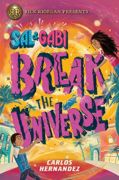
In order to heal after his mother’s death, thirteen-year-old Sal learns to reach into time and space to retrieve things–and people–from other universes.
Materials from United States of America

In order to heal after his mother’s death, thirteen-year-old Sal learns to reach into time and space to retrieve things–and people–from other universes.
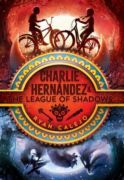
Steeped in Hispanic folklore since childhood, middle schooler Charlie Hernandez learns the stories are true when, shortly after his parents disappearance, he grows horns and feathers and finds himself at the heart of a battle to save the world.
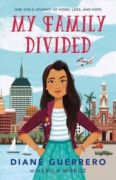
The star of Orange Is the New Black and Jane the Virgin, Diane Guerrero presents her personal story in this middle grade memoir about her parents’ deportation and the nightmarish struggles of undocumented immigrants and their American children.

Rosa Santos, a Cuban American, works to save her Florida town, seeks admittance to study abroad in her homeland, and wonders if love can break her family’s curse.
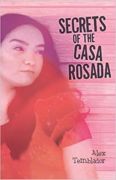
Sixteen-year-old Martha’s life is transformed when her mother leaves her in Laredo, Texas, in 1990 with a grandmother she never knew, who is a revered curandera.
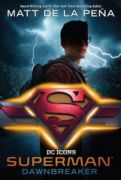
Clark Kent has always been faster, stronger–better–than everyone around him. But it’s not like he’s earned his powers . . . yet. Lately it’s difficult to hold back and keep his heroics in the shadows. When Clark follows the sound of a girl crying, he comes across Gloria Alvarez and learns that people are disappearing from the Mexican-American and undocumented worker community in Smallville. Teaming up with his best friend, Lana Lang, Clark discovers that before he can save the world, he must save Smallville.
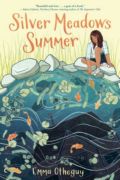
Eleven-year-old Carolina moves with her family from Puerto Rico to upstate New York, where she attends Silver Meadows camp with her cousin, finds an abandoned cottage, and reclaims parts of the life she left in Puerto Rico.
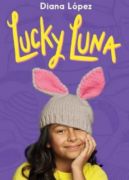
Fifth grader Luna Ramos has a great many cousins, mostly on her father’s side, but one of them, Claudia, is a source of constant annoyance; their current feud begins when Luna is punished for locking Claudia in the restroom at another cousin’s quinceanera but when there’s a bullying situation at school, Luna realizes that, despite their disagreements, cousins have to stand up for each other.

Sixteen-year-old Biz sees her father every day, though he died when she was seven. When he suddenly disappears, she tumbles into a disaster-land of grief and depression from which she must find her way back.

With a new sibling (her fourth) on the way and a big piano recital on the horizon, Dominican-American Ana Maria Reyes tries to win a scholarship to a New York City private school.